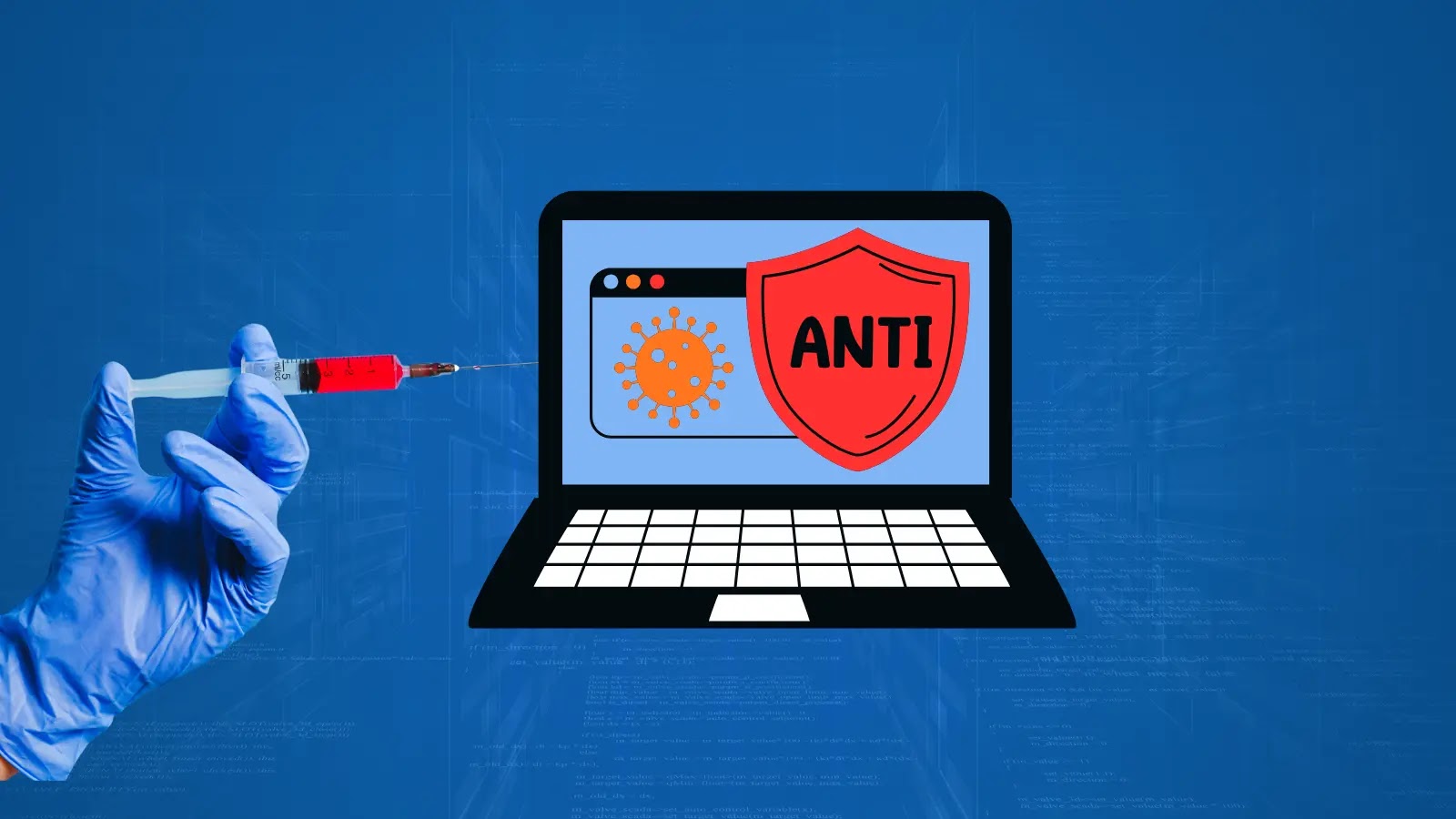In the first quarter of 2025, cybersecurity experts observed a significant escalation in the exploitation of Common Vulnerabilities and Exposures (CVEs), with 159 distinct vulnerabilities being actively targeted by malicious actors. This trend underscores the increasing agility of cybercriminals in leveraging newly disclosed security flaws.
Rapid Exploitation Post-Disclosure
A particularly alarming aspect of this trend is the speed at which vulnerabilities are being exploited. Data indicates that 28.3% of these vulnerabilities were attacked within a single day of their public disclosure. This rapid turnaround highlights the critical need for organizations to implement patches and remediation strategies immediately upon the release of vulnerability information.
Targeted Systems and Platforms
Analysis of the exploited vulnerabilities reveals a strategic focus on systems with extensive attack surfaces and high-value data. Content Management Systems (CMS) were the most affected, with 35 vulnerabilities exploited. Network Edge Devices followed with 29, Operating Systems with 24, and both Open Source Software and Server Software each with 14 vulnerabilities targeted.
Among specific platforms, Microsoft Windows was the most frequently attacked, with 15 vulnerabilities exploited. Other targeted platforms included Broadcom VMware (6 vulnerabilities), Cyber PowerPanel (5), and Litespeed Technologies (4).
Seasonal Patterns in Exploitation
The exploitation activity exhibited a seasonal pattern, starting slowly in January and accelerating through February and March. This pattern suggests that attackers may be timing their activities to coincide with specific events or periods when organizations might be more vulnerable.
Challenges in Vulnerability Management
A significant challenge in addressing these threats is the delay in vulnerability analysis and reporting. Approximately 25.8% of the Known Exploited Vulnerabilities (KEVs) from this quarter are still awaiting or undergoing analysis by the National Institute of Standards and Technology’s (NIST) National Vulnerability Database. This lag complicates the efforts of security teams to prioritize and implement necessary patches effectively.
Exploitation Techniques and Automation
Attackers are increasingly employing automated scanning tools to identify and exploit vulnerable systems swiftly. These tools enable cybercriminals to deploy attack code rapidly, often before organizations can respond with appropriate defenses.
Sources of Exploitation Evidence
The evidence of these exploitations has been primarily reported by several key organizations. Shadow Server led with 31 findings, followed by GreyNoise with 17, and both the Cybersecurity and Infrastructure Security Agency’s Known Exploited Vulnerabilities (CISA KEV) list and Microsoft each reporting 12 instances.
Implications for Cybersecurity Practices
The rapid exploitation of vulnerabilities post-disclosure emphasizes the necessity for organizations to adopt proactive and efficient vulnerability management strategies. This includes:
– Immediate Patch Implementation: Organizations must prioritize the swift application of patches upon the release of vulnerability information to minimize exposure.
– Enhanced Monitoring and Detection: Deploying advanced monitoring tools can help detect and respond to exploitation attempts in real-time.
– Comprehensive Risk Assessments: Regular assessments can identify potential vulnerabilities and inform the development of robust security protocols.
– Employee Training and Awareness: Educating staff about cybersecurity best practices can reduce the risk of exploitation through human error.
Conclusion
The first quarter of 2025 has highlighted a concerning trend in the rapid exploitation of newly disclosed vulnerabilities. Organizations must remain vigilant and proactive in their cybersecurity efforts to mitigate these evolving threats.



